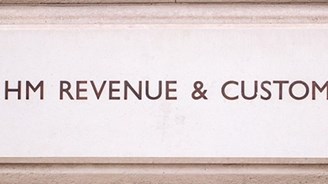Changes to the taxation of savings income

A new savings allowance will be available to basic and higher rate taxpayers for 2016/17.
If any of the individual's income for the year is additional-rate income, the individual's savings allowance for the year will be nil.
If any of the individual's income for the year is higher-rate income and none of the individual's income for the year is additional-rate income, the individual's savings allowance for the year is £500.
If none of the individual's income for the year is higher-rate income, the individual's savings allowance for the year is £1,000.
This means that no tax will be payable on savings income until the new savings allowance has been used up.
In a further change, banks and building societies will no longer deduct tax at source from interest at 20%. This means that non-taxpayers will no longer need to fill out an R85 to receive bank and building society interest gross. However, companies will still need to account for 20% at source on payments of interest.
The 0% savings starting rate also remains available on the first £5,000 of taxable savings income. This means that for some, the effect of the personal allowance (£11,000 for 2016/17), the £5,000 starting rate band and the new savings allowance (£1,000 for basic rate taxpayers for 2016/17) means that it may be possible to receive up to £17,000 savings income tax-free in 2016/17, in addition to products such as ISAs.
In light of the above changes, it may be worth speaking to clients to ensure that they are fully au fait with their tax position on savings income.



